How To Grow Sphagnum Moss From Dried or Live Moss?
Humid conditions and ample moisture content is a must for sphagnum moss to grow both indoors and outdoors. Also, do not put the sphagnum moss in bright direct sunlight. It will ruin it.
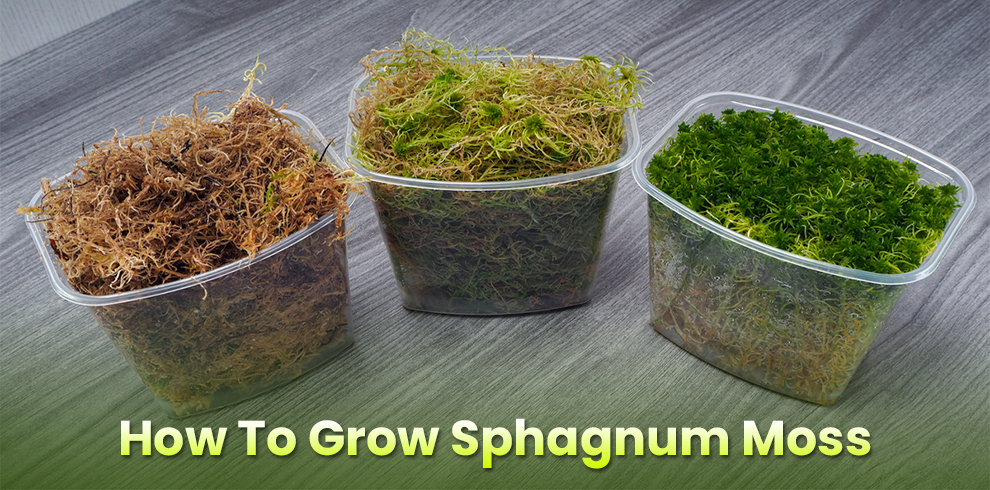
Sphagnums are the essential non-vascular plants on this planet. Strangely so, these pioneer plants can thrive and grow in places where terrestrial plants cannot grow. They shape the environment where they live, directly influencing the water, nutrients, and pH levels, wherever they spread.
For a detailed overview of how does sphagnum moss grow, we are here with precise information. With the right amount of humidity, water, and indirect light, you can grow gobs of ethically-sourced Sphagnum rapidly via dried or live moss.
Sphagnum Moss Information
| Family | Sphagnaceae |
| Growth | < 1/10th of an inch to 3 inches |
| Light requirement | Full sun to part shade. |
| Water | Love water and should always be moist |
| Temperature | 55°F to 80°F |
| Humidity | High humidity – between 40% and 80% |
| Soil needed or not | Does not require planting in the soil |
You can find different kinds of mosses, and one of the most prevalent ones amongst them is the sphagnum moss. Sphagnum moss is one of the best ways to maintain moisture in potted plants, and its fibrous and stringy nature makes it perfect for hanging baskets.
They are a fascinating and unique genus of bog-dwelling plants. Dead or living, sphagnum moss can hold around 20 times its dry weight in water. You can buy them in bulk. Typically, they grow in bogs and marshes, but you can also grow them at home.
Broadly, there are around 380 species of Sphagnum. These are found in moist and cold places in Northern Hemisphere. They are mainly the dominant species in fens, marshes, moors, and bogs but can also inhabit forested areas or creep outside like a lush carpet.
They are beautiful with vibrant colors, from light greens to browns, pinks, yellows, reds, and oranges. Its foliage is dense, full, and soft, with terminal heads and a starry shape.
Typically, the sphagnum moss you find in the local store is harvested from the bogs and wetlands in the Northern Hemisphere. Artists and gardeners love them for art and crafts and soil amendments.
Ideal Growing Conditions For Sphagnum Moss
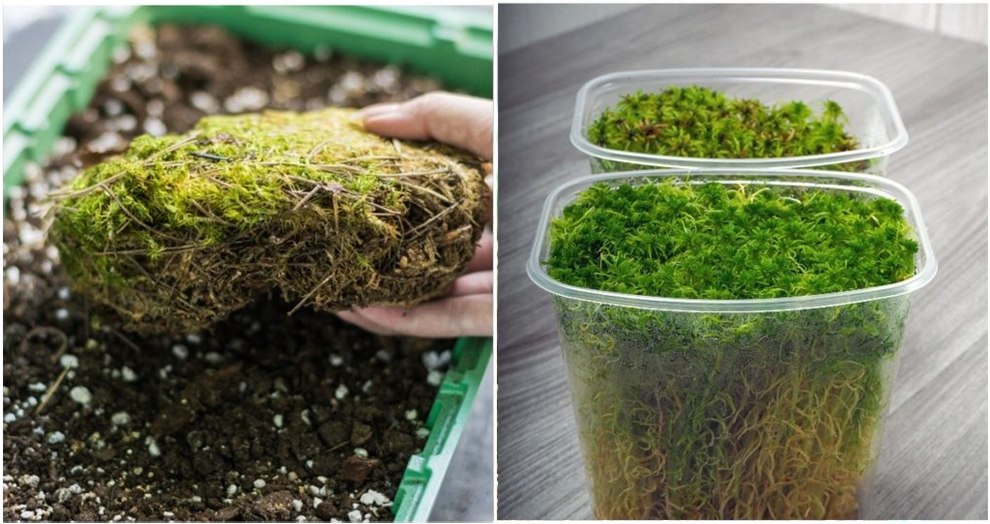
If you wish to grow sphagnum moss, you must disregard everything you know about raising land plants. It is because these plants function on different levels. Moisture and humidity are the two primary elements quintessential for its survival.
Here are the tips that can help:
- Grow Sphagnum Mosses in USDA hardiness zones three through nine.
- The plant won’t survive in bright direct sunlight.
- Sphagnum Moss is a non-vascular plant. It does not have a root system. Thus, you do not have to plant it on the substrates or on top of the soil. The plants can take the nutrients and water directly from the leaves. In the wild, the plant thrives in acidic, wet rocks and the fallen trees at the edge of low-lying hummocks in bogs and swamps and floating in mats along the water surface.
- It loves water. But water it when it feels dry to the touch.
- Regularly mist the plant to maintain moisture levels. Brown or white tips can signal a dried Sphagnum Moss.
- Sphagnum Moss loves high humidity between 40-80 percent.
- During colder weather Sphagnum Moss becomes dormant. However, they spring back to life in warmer weather. The plant grows best in temperatures between 55-80 degrees.
- Sphagnum Moss does not need fertilizer. So, unless necessary, you can skip it.
Is Sphagnum Moss Easy To Grow?
Yes, it is easy to grow, but different factors determine that. It can only be a little challenging to grow sphagnum moss if you cannot find conducive conditions required for its growth as it may not be readily available at home. Thus, we recommend growing sphagnum moss in an environment that closely mimics its natural surroundings. In this case, it will be effortless to grow.
Below we will discuss how to grow sphagnum moss from dried moss at home or use other mediums to grow it.
Sphagnum is a prevalent moss that grows best in boggy and wet areas. You can find it in several different parts of the world in various colors like brown, red, and green.
Despite its name, it is not a true moss but classified as a flowering plant. However, it shares several characteristics with mosses, like the absence of vascular tissue and the small size.
Sphagnum is prevalently employed as a potting or soil amendment material as it can hold large amounts of water. Some people also use it for decorative purposes, like in flower arrangements.
How To Grow Sphagnum Moss?
To grow Sphagnum Moss at home, you have two options, either grow them indoors or outdoors. Typically all the popular sphagnum varieties thrive best in temperatures between 55-80°F.
Even though the exact origin of these mosses is unknown, many believe they evolved from North American forests. So, if you wish to grow sphagnum at home, here are the things you need to take care of:
What does sphagnum moss require to grow?
- Moisture
- Humidity
- Weed-free area
- Partial to full shade
A. How To Grow Sphagnum Moss From Dead Moss?
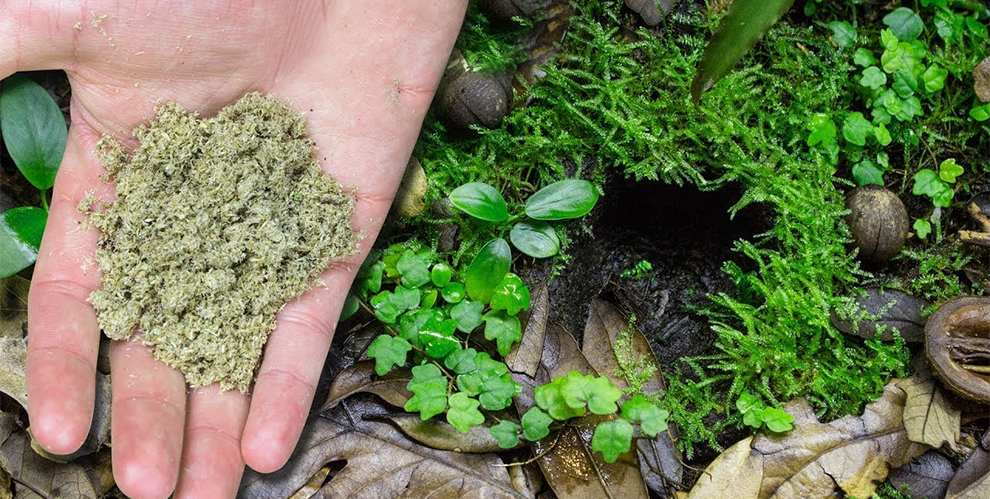
To grow Sphagnum Moss from dried moss, here’s what you need to do:
- Take the dried Sphagnum Moss and soak it in water for a day. It can help rehydrate the plant, making it easier for you to work with.
- After the moss has soaked well, eliminate all the extra water.
- Now, chop the moss into smaller pieces using scissors or a sharp knife.
- Create a growing medium for the Sphagnum Moss by mixing equal parts of perlite and peat moss.
- Ensure that the container you use has ample drainage holes at the bottom.
- Now add chopped-up Sphagnum Moss to the growing medium.
- Water it to leave it sufficiently well, but do not overwater it as that can result in root rot.
- Move the container to a spot where it receives indirect light and monitor it for the next few weeks.
In two to four weeks, you will start seeing new growth spurting.
B. How To Grow Live Sphagnum Moss
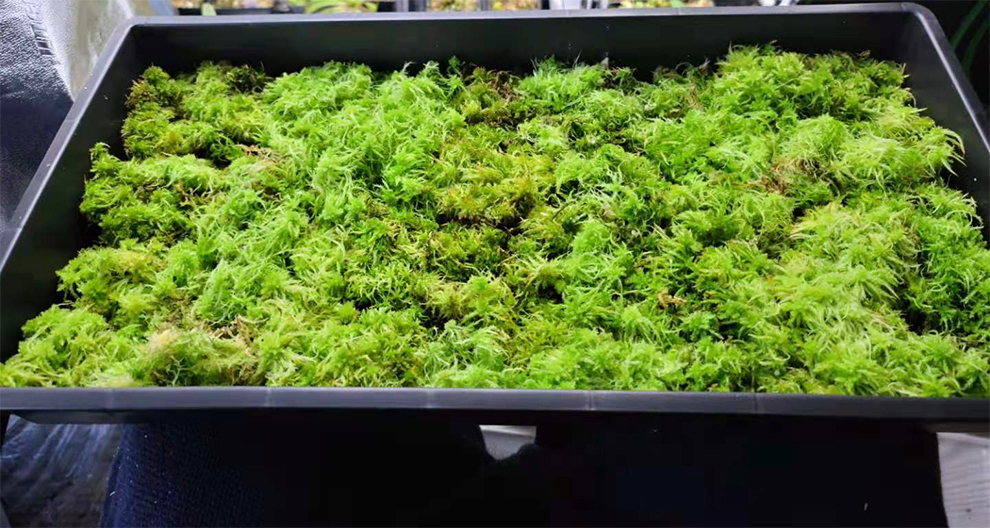
You can grow live sphagnum moss indoors and outdoors. Here is how you can do it:
Indoors
- Take a tray and fill it with growing medium.
- Add live moss pieces into the growing medium. Of course, you can use dried moss (we have already discussed growing it from dried moss), but it will take longer to develop.
- Fill the tray with spring or rainwater, covering the growing medium properly.
- Spritz moss with spring water or rainwater periodically to ensure that the moss remains moist.
- Move it to a humid or shady spot.
- Add some foliar fertilizer to it. Feeding once a month will suffice to boost its growth.
Outdoors
- Pick a spot that receives ample water supply. Fortunately, Sphagnum Moss can grow on anything provided it is exposed to the correct growing condition. However, it does best in a bog-like environment where the temperature is between 55-80 degrees.
- Cut the live moss into the piece, ensuring each piece is at least one inch.
- Insert the moss in a 1:10 ratio. For every ten square feet of space, one cutting will suffice.
- Mulch the soil lightly to allow it to retain water. However, do not water very deep as that may prevent the light from reaching the moss.
- Throw spring water or rainwater onto the moss periodically. When the moss tips become brown, it is a sign that you are not watering enough.
C. Can You Grow Live Sphagnum Moss On The Soil?
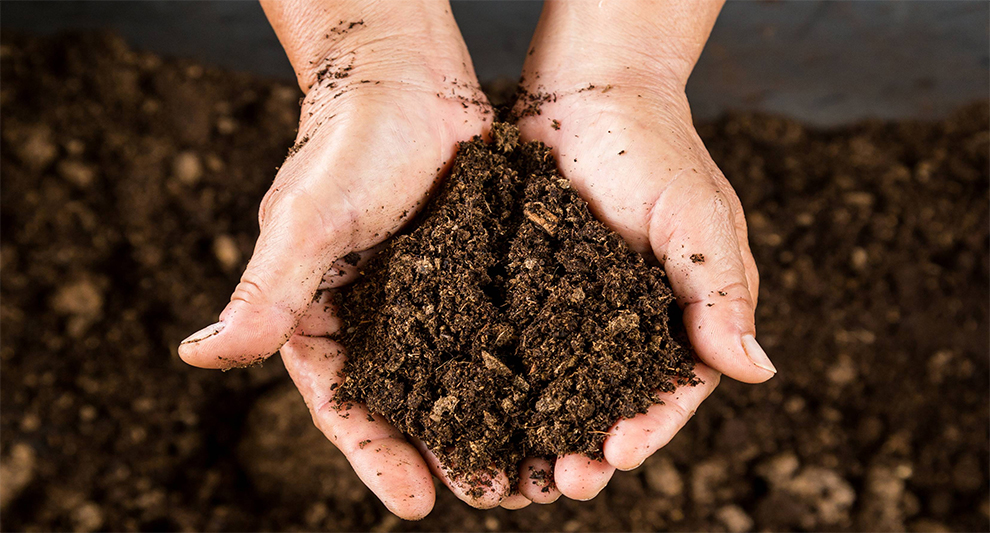
- Collect the moss and then take it wherever you wish to plant it.
- Scratch and rake the surface to bring soil and moss in contact.
- Wet the area.
- Spread moss on it and firmly press it into the soil.
- You can place some light rocks and anchor them in one place.
- Let the moss stay moist for at least a few weeks.
D. How To Grow Sphagnum Moss On Bricks, Rocks, and Containers?
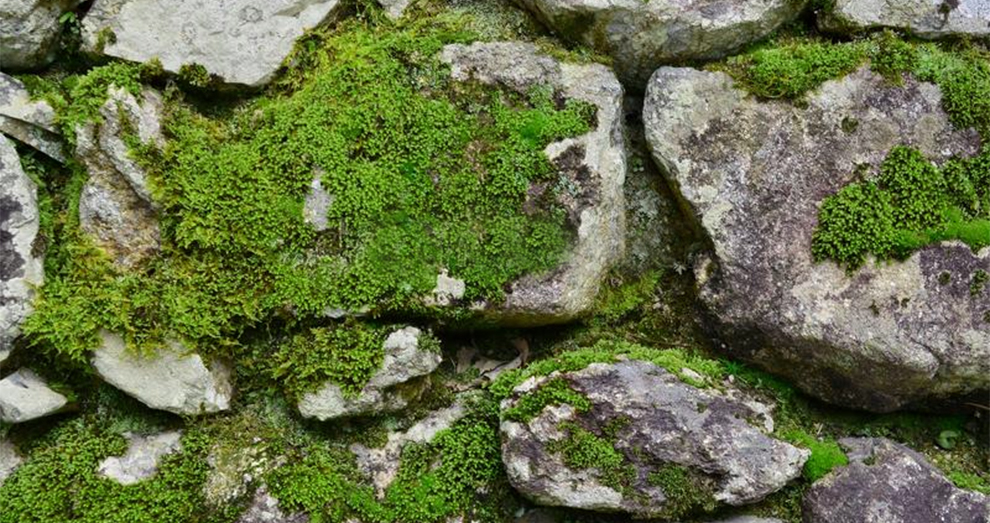
In all honesty, growing moss on rocks and bricks can be more challenging than learning how to grow dried sphagnum moss in a growing medium, but you may try your luck with these steps:
- Cultivate the moss by mixing it with buttermilk and then painting it onto the new surface.
- For making moss – take 1 ½ cups of dried or fresh chopped moss and mix it with two cups of buttermilk.
- Keep mixing till it comes spreadable and creamy.
- If the mixture is very thick, add some water to it. But if it is too thin, add moss.
- Let the mixture sit for a day or two.
- Paint it onto a new surface.
- In a few weeks’ time, you will see some moss signs.
E. How To Grow Sphagnum Moss In A Terrarium
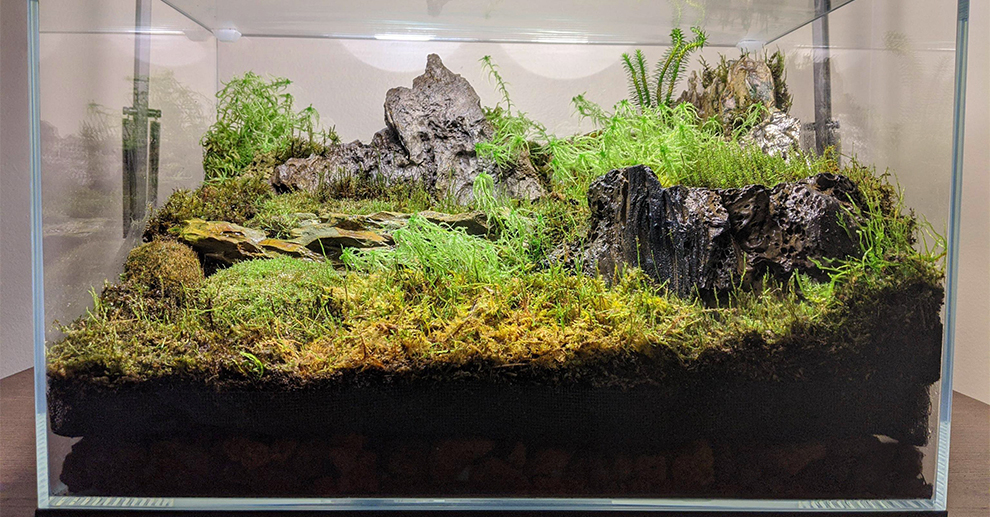
Sphagnum Moss is a terrarium staple. The plant is beneficial thanks to its excellent water retention properties. Here are the conditions necessary to grow sphagnum moss in a terrarium.
Lighting
As prevalent with most bog-dwelling moss, these do not need much light. So, please keep away from direct sunlight. You can place them where it receives part shade.
Watering
Sphagnum Moss loves a damp environment for developing well. Thus, you must saturate it before you add it to the terrarium to ensure that it is beautifully moist as it grows. You cannot grow Sphagnum moss in drought. If it does not receive ample water, it may die quickly.
Humidity and temperature
High humidity can allow the moss to retain its moisture. It helps it perform well in the closed terrarium environment. Even though the plant does best in colder conditions, it will survive in warmer conditions too.
Substrate
You can grow Sphagnum Moss on various surfaces, provided they receive ample moisture. While most mosses demand proper drainage, Sphagnum Mos can thrive even if partially submerged.
If you do not want to go through the trouble of growing sphagnum moss at home, you can easily buy it from a garden store or online.
How To Maintain Sphagnum Moss?
Here are the steps that you must follow to maintain the Sphagnum moss:
- To ensure that the moss keeps growing, maintain moisture, shade, and a low pH value.
- Keep the fallen leaves and weeds at bay.
- Soak, mist, or water the moss with a shower nozzle watering can.
- Water it only when the moss looks dry to the touch.
- Fertilization is not necessary.
- If growing outdoors, ensure that you successfully mimic the conditions wherein the moss naturally grows.
- If cultivating indoors, pick a location with good ventilation that receives indirect light. Never grow your moss in a dry spot. Sunlight is pivotal for the moss to survive as it helps with photosynthesis.
How To Harvest Sphagnum Moss?
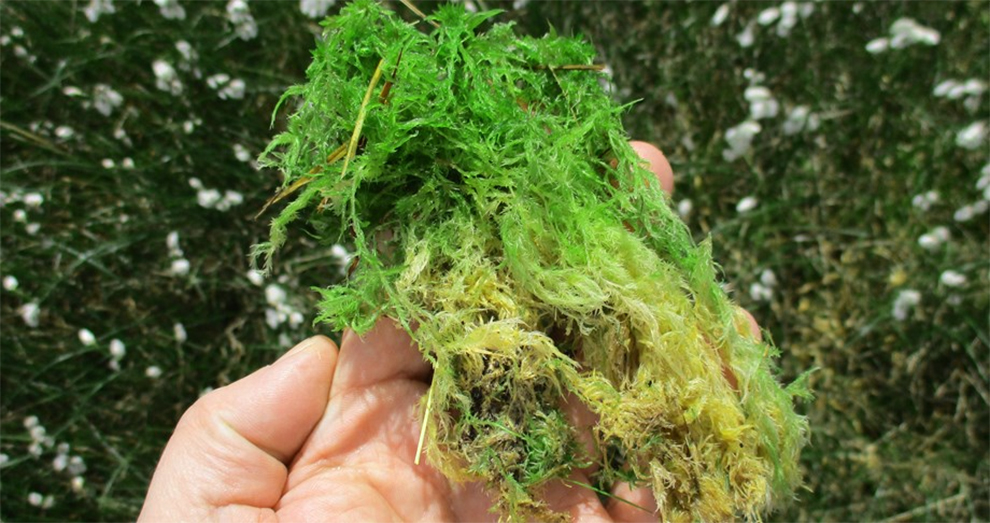
Once you have mastered how to grow sphagnum moss at home, it is time to understand how to harvest it for use. When the moss is moist and warm, it will fill in within approximately two to three months.
Because the moss forms a colony, it will send out the longer strands. Depending on the specie grown, these will be between one and twelve inches.
Chop the runners off with curved scissors with fine tips. Gather all the cuttings on the plate, and set them aside for harvest. You can also sprinkle them onto the growing medium to trigger seeding.
Sphagnum Moss Uses
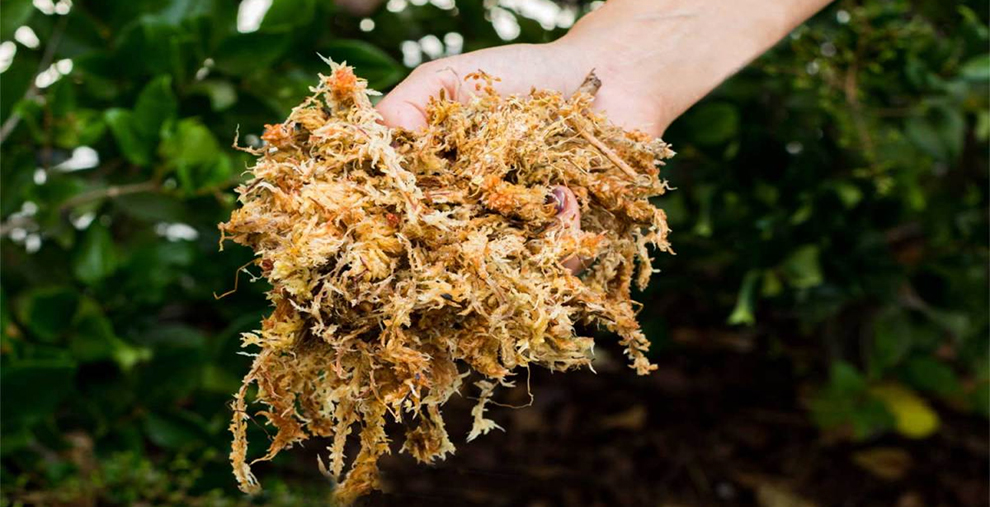
A few popular uses for Sphagnum Moss are:
- It can help in insulation in Arctic regions.
- You can use them to pack and ship live roots, plants, and seeds.
- Sphagnum Moss finds use in decorative terrariums.
- You can use Sphagnum Moss as a wound dressing. It has acidic and absorptive properties that prevent bacteria growth.
- You can use it as a soil topper to grow bonsai and carnivorous plants.
- Mushrooms love the damp environment created by the Sphagnum Moss. It triggers their growth.
- Dried Sphagnum Moss goes in gardening soil and potting mixtures. It helps amplify moisture retention.
Related: Growing mushrooms without spores | How to start avocado seed?
Sphagnum Moss Facts
Ques 1. How fast does sphagnum moss grow?
Ans. Sphagnum Moss has a slow growth rate. They can take around nine months or more to attain maturity. These grow between 0.75 and 4.75 inches per year.
Ques 2. Can sphagnum moss grow underwater?
Ans. Sphagnum Moss loves bog environments. Hence, even though it loves water, it will not grow if submerged in water.
Ques 3. Does sphagnum moss need soil to grow?
Ans. Sphagnum Moss is a non-vascular plant. It does not have a root system. Thus, you do not have to plant it on the substrates or on top of the soil. But, yes, there are ways to grow it in soil.
Ques 4. Can dried sphagnum moss come back to life? How to rehydrate dried moss?
Ans. Dried moss indicates that a significant chunk of water has been eliminated through desiccation. It pushes the plant into a dormant state. However, it can rise again and continue its growth.
For rehydration, insert moss in a water container. Let it swell up and rehydrate well. To accelerate the process, you must use warm water.
Ques 5. Does sphagnum moss have seeds?
Ans. The Sphagnum moss are non-vascular plants or bryophytes. These do not form seeds, bear flowers, or grow roots.
Ques 6. Does sphagnum moss have spores?
Ans. Yes, sphagnum moss has spores.
